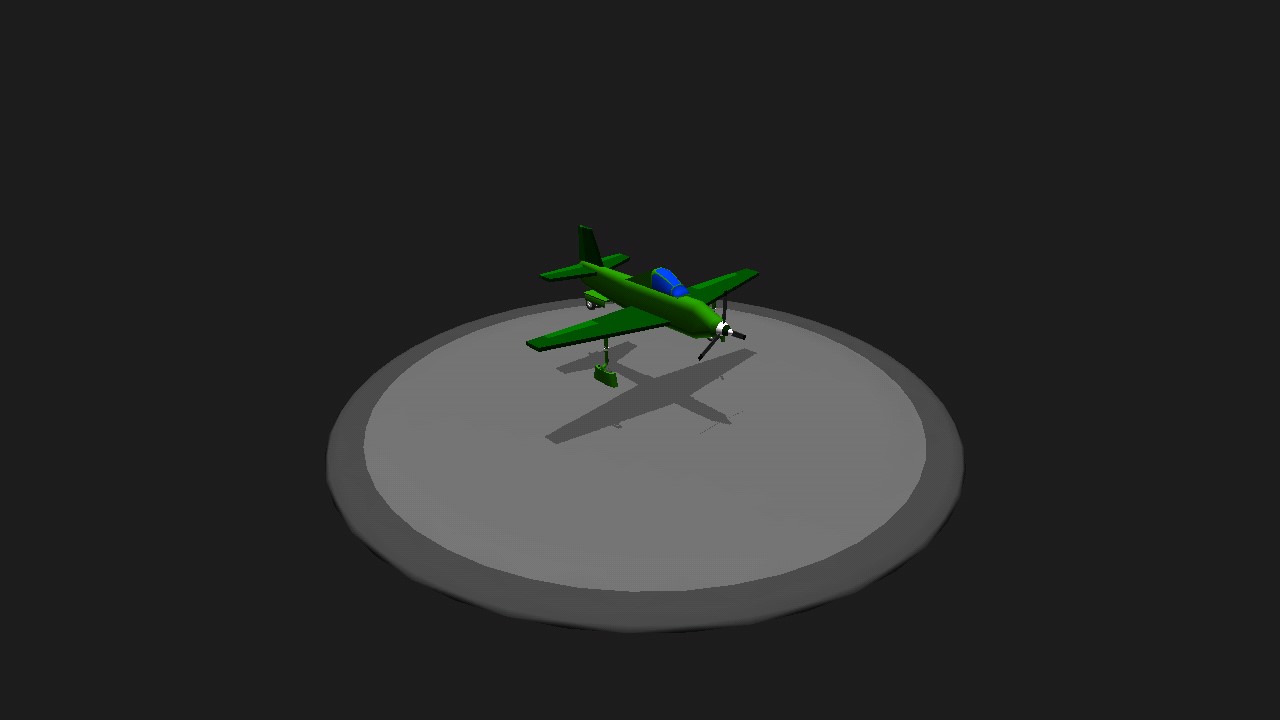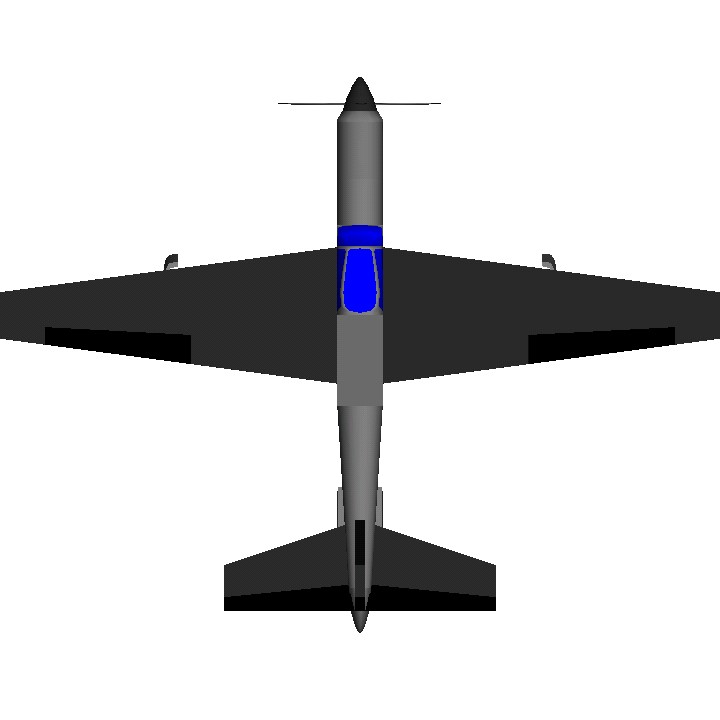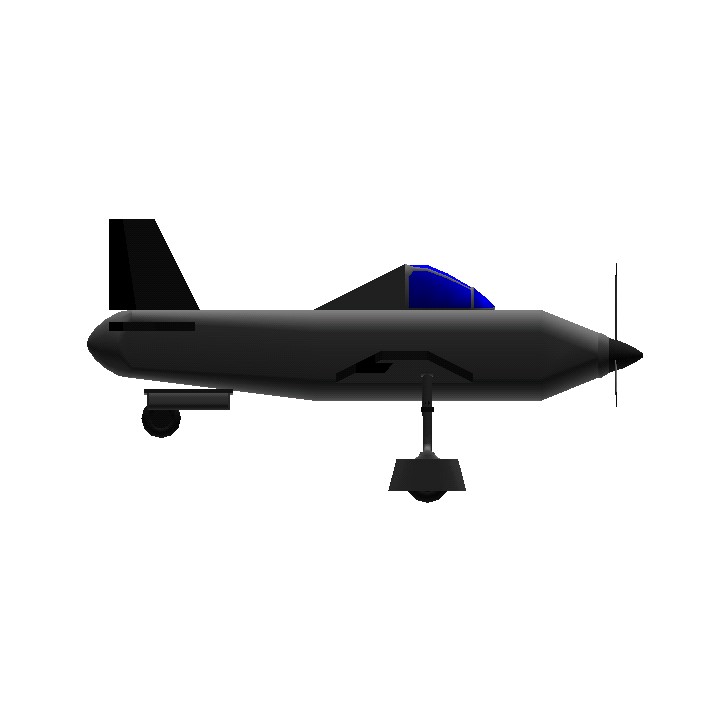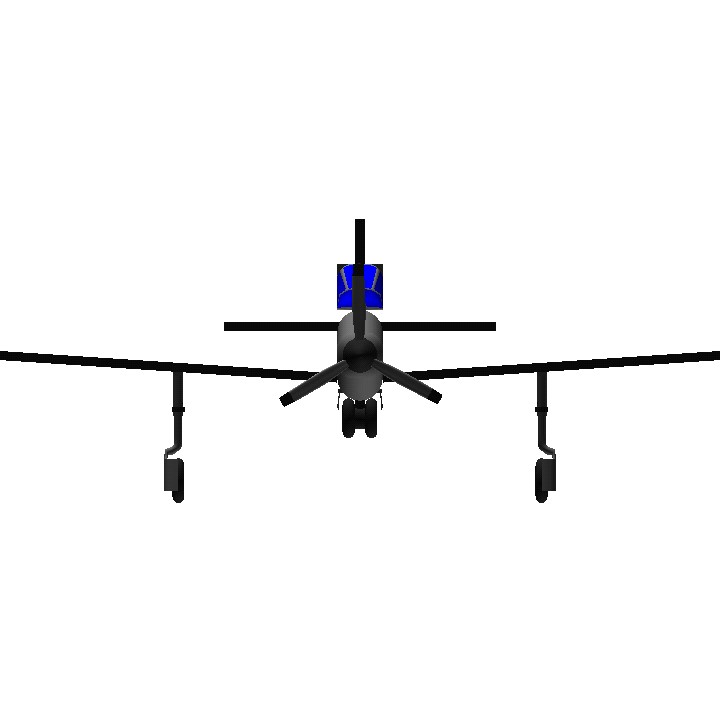In 1939, Alexander Yakovlev designed a tandem-seat advanced trainer, originally designated "I-27" and then "UTI-26", offered along with the original I-26 proposal that became the Yak-1. The "UTI" (Uchebno Trenirovochnyi Istrebitel, translated as: Training Fighter) was intended to give pilots-in-training experience on a high-performance aircraft before transitioning to a fighter. With development work started in 1940, the UTI-26 differed from its predecessor in its larger span wing being placed farther back for balance as well as having two cockpits with dual controls and a rudimentary communication system. It was armed with a single 7.62 mm (0.30 in) ShKAS machine gun in the cowling, mainly for use in training, but Yakovlev envisioned a multi-purpose aircraft that could also undertake courier and light transport duties at the front.The first production aircraft known as Yak-7UTIs retained a retractable main landing gear, but beginning in the summer of 1941, a fixed landing gear variant, the Yak-7V (Vyvozoni for Familiarization) was substituted. The factory reasoned that production would be simplified and that reduced performance would not be detrimental for a trainer. Yak-7UTIs and Yak-7Vs were also equipped with skis for winter operations.A factory team from N° 301, headed by K.A. Sinelshchikov, was detached from the Yakovlev OKB to supervise production of Yak-7UTI. One of these aircraft (serial number 04-11) was fitted with an armored backrest plate over the rear position, self-sealing fuel tanks which filled with inert gas as they emptied, three "RO" rocket launchers under each wing for as many RS-82 rockets, an axial 20 mm (0.79 in) ShVAK cannon firing through the propeller spinner, with 120 rounds, and two 7.62 mm ShKAS machine guns under the cowling, each with 750 rounds.[3] The rear cockpit position was retained, allowing it to accommodate a second seat (without controls) for fast courier and transport duties or a fuel tank for extended range. The additional
Specifications
General Characteristics
- Created On Android
- Wingspan 26.0ft (7.9m)
- Length 19.7ft (6.0m)
- Height 9.9ft (3.0m)
- Empty Weight 2,204lbs (1,000kg)
- Loaded Weight 4,389lbs (1,990kg)
Performance
- Horse Power/Weight Ratio 0.227
- Wing Loading 38.8lbs/ft2 (189.3kg/m2)
- Wing Area 113.2ft2 (10.5m2)
- Drag Points 1338
Parts
- Number of Parts 15
- Control Surfaces 5
- Performance Cost 169




